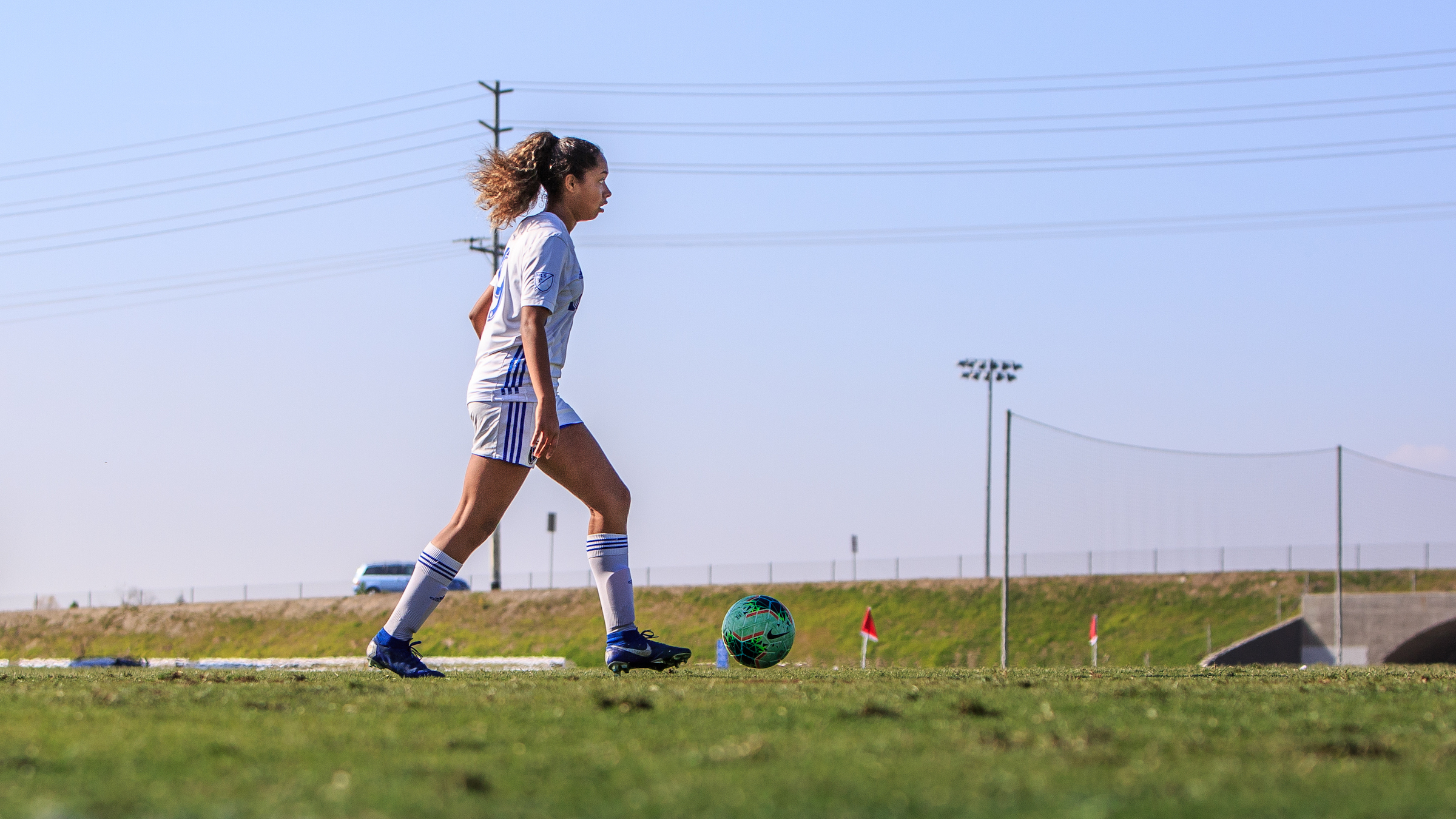The Demands of the Modern Game
In the high-stakes world of modern football, players are pushed to their physical and mental limits. The sport demands unparalleled endurance, strength, agility, and mental acuity.
As clubs compete for prestigious titles and players strive for international glory, the physical toll on athletes has never been higher.
Despite these challenges, the importance of recovery is often underestimated, even though it plays a pivotal role in maintaining peak performance and extending careers.
The Science Behind Recovery
Recovery isn’t just about resting; it’s a complex science involving various strategies to optimize an athlete’s condition post-match or training.
Techniques such as cryotherapy, massage, compression garments, and hydration play significant roles in reducing muscle soreness and inflammation.
These methods help to expedite the body’s natural healing processes, allowing players to return to training and competition more quickly and with less risk of injury.
The Psychological Aspect
While physical recovery is crucial, the psychological component is equally important. Mental fatigue can be just as debilitating as physical exhaustion, affecting decision-making and focus on the pitch.
Techniques such as meditation, visualization, and cognitive behavioral therapy can assist players in managing stress, maintaining motivation, and enhancing concentration.
By addressing both physical and mental recovery, clubs can ensure their players are not only playing at their best but also enjoying the game.
Read also: The Unsung Role of Recovery in Modern Football
Cutting-Edge Technologies
Advancements in technology have revolutionized recovery practices in football. Wearable devices that monitor heart rate, sleep patterns, and physical exertion provide invaluable data that helps tailor recovery programs to individual needs.
Virtual reality is also emerging as a tool for mental recovery, allowing players to mentally rehearse plays and scenarios without physical strain. These innovations are setting new standards in player care, ensuring athletes have all the tools necessary for optimal recovery.
The Role of Nutrition
An often underestimated component of recovery is nutrition. Proper dietary intake is essential for replenishing energy stores, repairing muscle tissue, and reducing inflammation.
Nutritional plans are now highly individualized, focusing on the specific needs of each player. From protein shakes to electrolyte-infused beverages, the modern footballer relies on a precise balance of nutrients to support recovery processes.
VBET and the Future of Recovery
Corporate sponsorships and partnerships play a pivotal role in the advancement of recovery technologies. Companies like VBET are increasingly investing in research and development to create innovative solutions that support athlete wellbeing.
These collaborations not only promote brand visibility but also drive progress in sports science, offering footballers cutting-edge tools to enhance their recovery regimes.
The Coaches’ Perspective
Coaches and managers have a growing appreciation for the importance of recovery in football. While tactical training and skill development are crucial, understanding when to rest a player can be just as vital.
By integrating recovery into the weekly routine, coaches can prevent burnout, reduce injury rates, and ensure that their squad is consistently ready for match day. This strategic approach helps teams maintain competitive performances throughout the grueling season.
Athlete Testimonials
Many prominent footballers have begun to speak openly about the significance of recovery in their careers. Players often cite recovery as a key factor in extending their playing years and maintaining high levels of performance.
These testimonials highlight the personal commitment required to prioritize recovery, as well as the benefits that come from a well-rounded approach to player health.
In conclusion, while the spotlight often shines on the thrilling moments of a match, it’s essential to recognize the vital role that recovery plays behind the scenes in modern football.
As the game continues to evolve, so too must our understanding and implementation of recovery strategies, ensuring players can perform at their peak while safeguarding their long-term health.


